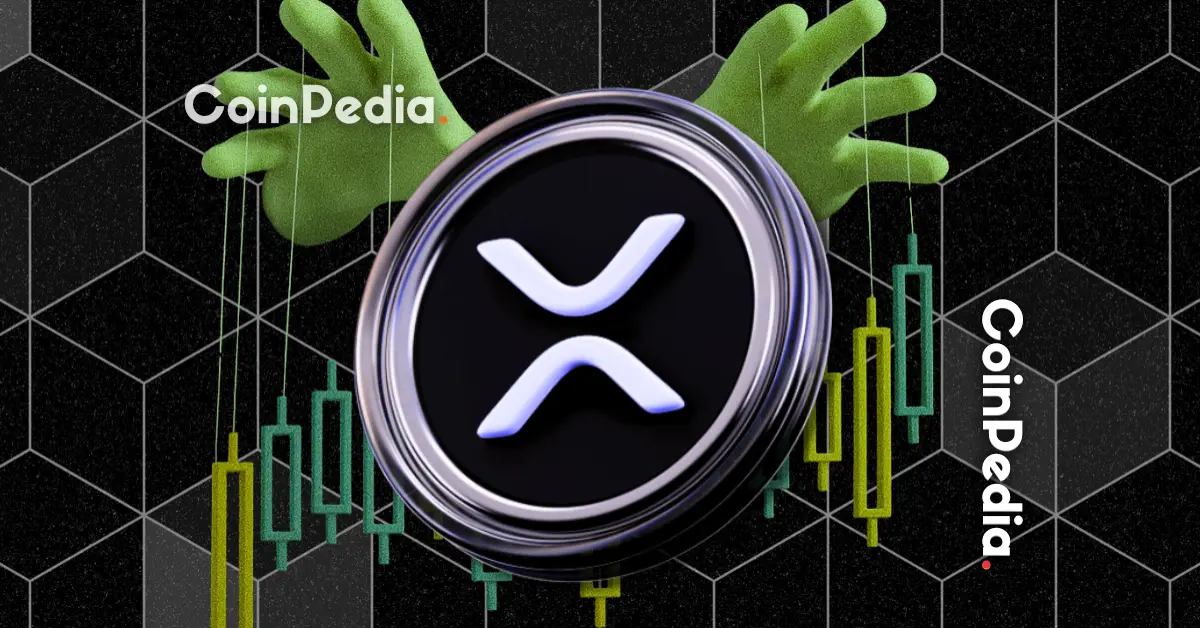Ripple’s XRP has long been a focal point of debate and speculation within the cryptocurrency community. Unlike many decentralized cryptocurrencies, XRP operates under a unique centralized model, designed to facilitate cross-border transactions efficiently. However, its journey has been fraught with legal challenges, regulatory scrutiny, and market volatility. The recent developments surrounding the SEC lawsuit, the potential for an XRP Exchange Traded Fund (ETF), and Ripple’s institutional adoption strategy have placed XRP at a critical crossroads. This analysis explores the key factors influencing XRP’s trajectory, examining the implications of the SEC lawsuit, the prospects of an ETF approval, and Ripple’s broader strategy for institutional adoption.
The legal battle between Ripple Labs and the U.S. Securities and Exchange Commission (SEC) has cast a long shadow over XRP. The SEC’s lawsuit, filed in December 2020, alleged that Ripple’s sale of XRP constituted an unregistered securities offering. Ripple has consistently denied these allegations, arguing that XRP is a currency and not a security. The legal proceedings have been a significant drag on XRP’s price and market sentiment, creating an atmosphere of uncertainty. However, a partial victory for Ripple in August 2023, when a federal judge ruled that XRP is not a security when traded on secondary markets, provided a glimmer of hope. The recent news of Ripple dropping its appeal bid suggests that the legal saga may be nearing its end. If the SEC withdraws its appeal, as many expect, it would solidify the favorable ruling on XRP programmatic sales, offering much-needed clarity to the market. However, the possibility of a Democratic victory in the next Presidential Election could reignite regulatory pressures, potentially leading to fresh lawsuits and renewed uncertainty.
The outcome of the SEC case holds profound implications for XRP. A decisive victory for Ripple could pave the way for institutional sales and wider adoption, while a negative ruling could further restrict its accessibility and hinder its growth potential. The regulatory uncertainty surrounding XRP’s status as a security makes the ETF approval process more complex compared to Bitcoin or Ethereum ETFs. The SEC’s recent delay in making a decision on Franklin Templeton’s spot XRP ETF serves as a reminder that the path to ETF approval may not be smooth. The SEC is evaluating whether a proposed XRP ETF by WisdomTree offers enough investor protection and safeguards against manipulation. Despite these challenges, the approval of Bitcoin and Ethereum ETFs has ignited hopes for an XRP ETF, which many believe could be a game-changer for the digital asset. An XRP ETF would provide institutional investors with a regulated and convenient way to gain exposure to XRP without directly holding the underlying asset. This could unlock a significant influx of capital, potentially driving up XRP’s price and legitimizing it on Wall Street.
Several companies, including Franklin Templeton, have expressed interest in launching an XRP ETF. Polymarket currently puts the odds of a 2025 XRP-spot ETF approval at 88%, indicating growing optimism in the market. The recent SEC approval of Grayscale’s Digital Large Cap Fund conversion into an ETF, which includes XRP exposure, further fuels this optimism. However, the SEC’s stance on XRP remains a key hurdle. The regulatory uncertainty surrounding XRP’s status as a security makes the ETF approval process more complex compared to Bitcoin or Ethereum ETFs. The SEC’s recent delay in making a decision on Franklin Templeton’s spot XRP ETF serves as a reminder that the path to ETF approval may not be smooth. The SEC is evaluating whether a proposed XRP ETF by WisdomTree offers enough investor protection and safeguards against manipulation.
While the legal battle and ETF prospects dominate the headlines, Ripple has been actively focused on expanding the real-world utility of XRP and the XRP Ledger (XRPL). Ripple’s core business revolves around providing cross-border payment solutions to financial institutions using XRP as a bridge currency. This allows for faster and cheaper international transactions compared to traditional methods. Ripple is also pursuing a national bank charter, which would further legitimize its operations and enable it to offer a wider range of financial services. In addition, Ripple is actively promoting the development of decentralized applications (dApps) on the XRPL, expanding its ecosystem and attracting new users. Ripple’s push into traditional finance and its focus on building real-world utility are crucial for its long-term success. By demonstrating the practical benefits of XRP and the XRPL, Ripple can attract institutional adoption and establish itself as a key player in the global financial landscape.
Predicting the future price of any cryptocurrency is inherently risky, but analysts have offered various price targets for XRP based on different scenarios. In a bullish scenario, if the SEC case is resolved favorably, and an XRP ETF is approved, the price of XRP could surge significantly. Some forecasts suggest that XRP could reach $3-$5 in 2025 if market momentum and ETF demand increase. By 2030, some predict XRP could reach $10 or more, depending on adoption, regulations, and utility growth. In a neutral scenario, if the legal uncertainty persists, and ETF approval is delayed, XRP’s price may remain range-bound. However, Ripple’s continued efforts to build utility and expand its ecosystem could provide support for the price. In a bearish scenario, if the SEC wins its case against Ripple, or if regulatory headwinds intensify, XRP’s price could decline.
XRP stands at a crucial juncture. The resolution of the SEC lawsuit and the potential approval of an XRP ETF are the two key catalysts that could determine its future. While legal and regulatory uncertainties remain, Ripple’s focus on building real-world utility and expanding its institutional partnerships positions it for long-term growth. Whether XRP will soar to new heights or remain tethered to its past challenges remains to be seen, but its journey is undoubtedly one to watch closely. The interplay between regulatory clarity, institutional adoption, and technological innovation will shape XRP’s trajectory in the coming years. As the cryptocurrency market evolves, XRP’s ability to navigate these challenges will be critical to its success.





